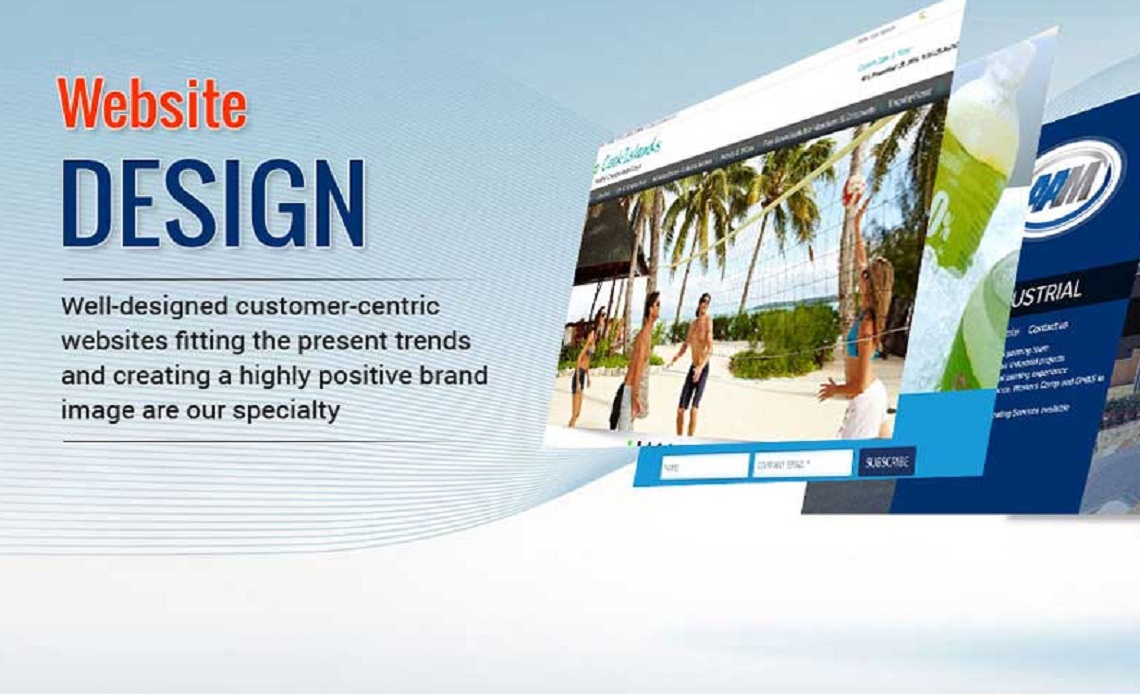Best Practices for Producing User-Friendly Website Design
In the ever-evolving landscape of web style, developing an easy to use interface is paramount for involving audiences and driving conversions. Trick methods such as streamlining navigation, optimizing for mobile tools, and enhancing packing speed play a crucial role in this process. The relevance of regular design elements and focusing on accessibility can not be overstated. As we check out these fundamental principles, it ends up being clear that efficient individual experience style not only satisfies individual expectations however also sets the stage for much deeper engagement. Discovering the subtleties of each technique can bring about substantial renovations in total web efficiency.
Simplify Navigation
A streamlined navigating system is crucial for improving individual experience on any website. Reliable navigating enables users to locate the info they seek promptly and effortlessly, thus minimizing irritation and enhancing the likelihood of interaction. A clear design that classifies web content realistically is vital; users need to intuitively recognize where to click for details information.
Employing a basic top-level navigating bar, complemented by drop-down menus for subcategories, help in maintaining an organized structure. It is vital to restrict the variety of primary navigating links to stay clear of overwhelming individuals; generally, 5 to seven options are ideal. In addition, utilizing detailed tags boosts clearness, making it possible for users to determine the web content of each section at a glimpse.
Integrating a search feature further enhances the navigating experience, particularly for content-rich web sites. When looking for details info, this function equips individuals to bypass standard navigation courses. Consistent style components throughout all web pages enhance knowledge, permitting customers to navigate with self-confidence.
Enhance for Mobile

To start with, adopt a responsive layout technique that immediately adjusts the format and web content based on the screen size. This adaptability makes certain that individuals have a consistent experience throughout gadgets. Next, prioritize touch-friendly interfaces by making certain switches and links are easily clickable, decreasing the demand for zooming.
In addition, think about the importance of succinct content discussion. Mobile users usually seek fast info, so employing strategies like collapsible food selections or accordions can improve use without overwhelming the customer. Furthermore, make certain that font styles are legible, and picture dimensions are optimized for faster loading.
Finally, test your web site on numerous smart phones and running systems to identify prospective issues. By attending to these components, you will develop an intuitive mobile experience that keeps customers involved and encourages them to explore your offerings better - Web Design Pretoria. Prioritizing mobile optimization is crucial for attaining an easy to use internet style in an increasingly mobile-centric world
Enhance Loading Rate
Filling rate is an essential factor that can substantially impact individual fulfillment and involvement on a website. Researches suggest that users anticipate pages to load in two secs or much less; yet threshold, the chance of desertion increases substantially. Therefore, optimizing loading speed is necessary for preserving site visitors and improving overall site performance.
To enhance packing speed, numerous best techniques ought to be implemented. Furthermore, leverage web browser caching to store copies of documents locally, making it possible for faster load times for returning site visitors.

Usage Regular Layout Components
Establishing a cohesive visual identity is vital for enhancing customer experience on a website. Regular style components, consisting of color design, typography, buttons, and design frameworks, produce a unified appearance that assists individuals navigate effortlessly. When users come across familiar patterns and designs, their cognitive tons is decreased, permitting them to concentrate on material instead of deciphering differing layout facets.
Using a standard color combination strengthens brand recognition and promotes a psychological link with users. Preserving constant typography-- such as font styles, dimensions, and weights-- makes certain readability and adds to a sleek look. Additionally, consistent switch styles and interactive components lead individuals with ease through the site, improving usability.
Moreover, a natural layout aids develop an arranged circulation of information, making it easier for customers to find and absorb material. Each web page should reflect the very same design concepts to stop confusion and disorientation.
Prioritize Access
A cohesive visual identity not just enhances navigating but likewise sets the stage for focusing on ease of access in website design. Availability guarantees that all customers, including those with specials needs, can engage and navigate with an internet site efficiently. To attain this, web designers have to comply with established standards, such as the Internet Content Availability Standards (WCAG)
Executing attributes like alt message for images, keyboard navigability, and ideal shade contrast can dramatically boost the user experience for people with aesthetic, acoustic, or cognitive impairments. It is critical to make use of semantic HTML to framework content realistically, permitting assistive innovations to share and translate details precisely to customers.
Additionally, supplying multiple methods of interaction-- such as message see it here choices for sound and aesthetic web content-- can provide to varied user needs. Regular usability testing with participants who have impairments can reveal prospective obstacles that might not be quickly noticeable throughout the layout stage.
Ultimately, prioritizing like it ease of access not only conforms with legal standards but also widens the potential audience, cultivates inclusivity, and boosts total website functionality (Web Design Pretoria). By embedding access right into the style procedure, designers can create a more fair electronic landscape for everybody
Conclusion

As we explore these foundational principles, it comes to be clear that reliable user experience style not just satisfies customer expectations but likewise establishes the phase for deeper engagement. Mobile customers often seek quick info, so utilizing methods like retractable food selections or accordions can boost usability without frustrating the individual. When users experience acquainted patterns and designs, their cognitive lots is reduced, enabling them to focus on material instead than deciphering varying design aspects.
In summary, implementing best methods for straightforward internet layout dramatically boosts the total individual experience. Sticking to these guidelines promotes web a positive connection between users and digital systems, inevitably advertising individual fulfillment and retention.